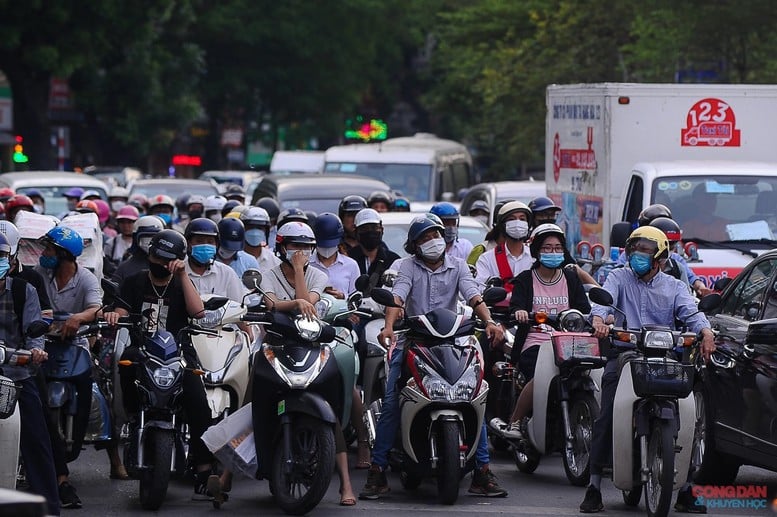
The start date of motorbike emission inspection in Hanoi and Ho Chi Minh City will be postponed to July 1, 2027.
The Ministry of Agriculture and Environment has just announced the latest draft on the roadmap for applying emission standards for motorbikes and scooters in circulation in Vietnam. Accordingly, the official emission inspection time will be delayed compared to the previous draft, in order to create more preparation time for people and localities, but for Hanoi and Ho Chi Minh City, many regulations will be tightened.
Specifically, the start date for motorbike emission testing in Hanoi and Ho Chi Minh City will be postponed to July 1, 2027, 6 months later than the previously announced schedule. Other major cities such as Hai Phong, Da Nang, Can Tho and Hue will implement it from July 1, 2028.
For the remaining provinces and cities, the time to apply emission inspection regulations is set at July 1, 2030, but there is still the possibility for localities to proactively adjust earlier, depending on actual conditions.
Accordingly, this adjustment aims to ensure consensus and create conditions for people to not be passive in the policy implementation process. Large cities such as Hanoi and Ho Chi Minh City will still be the pioneers in tightening emission management.
Vietnam currently has about 70 million motorbikes and scooters in circulation. With such a huge number, emission control is expected to contribute significantly to improving air quality, one of the major challenges facing urban areas today.
Building a standard inspection system
In particular, from January 1, 2030, all cars, motorbikes and scooters participating in traffic in Hanoi and Ho Chi Minh City must meet emission standards of level 2 or higher. Vehicles that do not meet the requirements will be banned from circulating in the inner city.
"This regulation is a new point in the two drafts on car and motorbike emissions. The main goal is to gradually eliminate old, substandard vehicles, contributing to protecting public health and improving air quality," Mr. Nam emphasized.
Further clarifying the regulation "banning old and dilapidated vehicles from entering the inner city", Mr. Tran Hoang Phong, representative of the Department of Registration, Ministry of Construction said: "The draft does not limit vehicles by year of manufacture. As long as the vehicle meets level 2 emission standards, even if it has been used for many years, it can still circulate in the inner city".
With the above regulations, relevant agencies need to build a standardized inspection system. Future emission inspection facilities will have to meet national technical standards issued by the Ministry of Construction. At the same time, the inspection team needs to be well-trained, and the equipment system must ensure high accuracy and stability.
"Legally, we have all the regulations. The important issue now is to mobilize businesses, organizations and individuals to participate in investing in building a standard inspection system, thereby ensuring effective emission control in practice," emphasized a representative of the Department of Registration.
The Vietnam Register is working closely with the Ministry of Agriculture and Environment to develop a plan to inspect emissions for motorbikes and scooters, a group of vehicles that have not been subject to emission control for a long time.
For the "low emission zone" area as stipulated by the Capital Law, vehicles participating in traffic are required to meet the emission levels according to a separate resolution of the Hanoi People's Council. This means that not only inspection, but also the quality of vehicle emissions will be the criteria to determine the circulation range.
The draft clearly states the leading and coordinating roles of ministries and sectors. Accordingly, the Ministry of Agriculture and Environment will issue national technical regulations, guide localities in implementing them, and research to improve emission standards in the future.
The Ministry of Construction is responsible for inspecting, certifying and supervising emission testing facilities. At the same time, the ministry will also prescribe signs to identify vehicles that meet different emission levels, creating a basis for traffic management in different urban areas.
In addition, the Ministry of Industry and Trade is responsible for ensuring fuel supply in accordance with new emission standards, while the Ministry of Public Security will coordinate in sharing inspection data and supporting enforcement monitoring.
The draft standards and guiding circulars have been completed and are expected to be issued in the next 1-2 weeks. This will be the first time Vietnam has implemented emission testing for motorbikes, a policy that is considered to have a major impact on the whole society.
Thu Cuc
Source: https://baochinhphu.vn/kiem-dinh-khi-thai-xe-may-tu-thang-7-2027-102250604171918958.htm








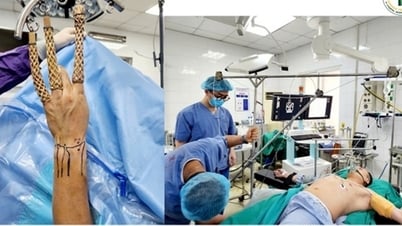





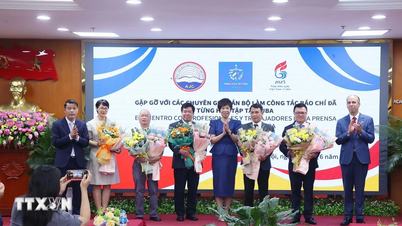









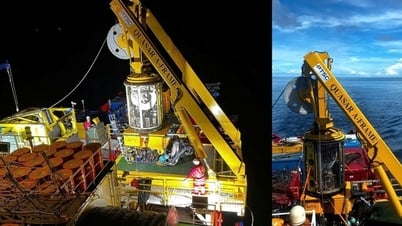


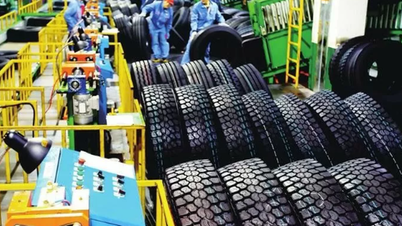













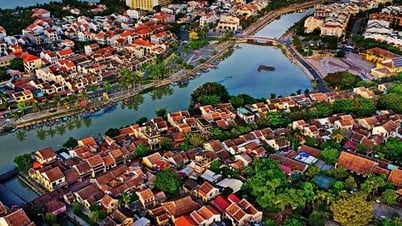

































![[OCOP REVIEW] Tu Duyen Syrup - The essence of herbs from the mountains and forests of Nhu Thanh](https://vphoto.vietnam.vn/thumb/402x226/vietnam/resource/IMAGE/2025/6/5/58ca32fce4ec44039e444fbfae7e75ec)



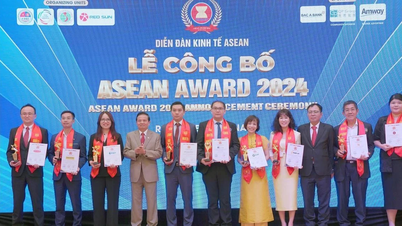

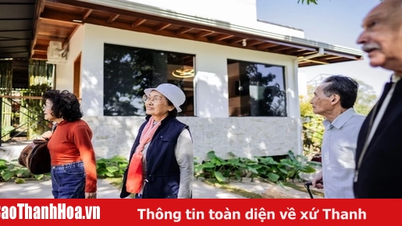
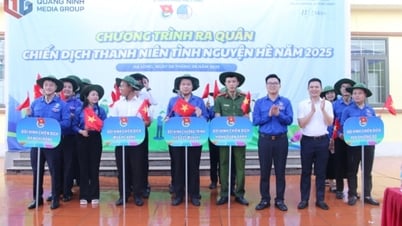





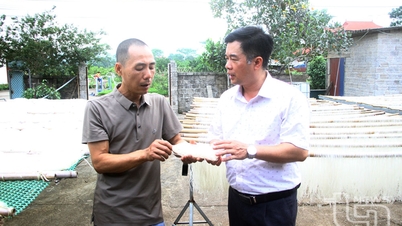





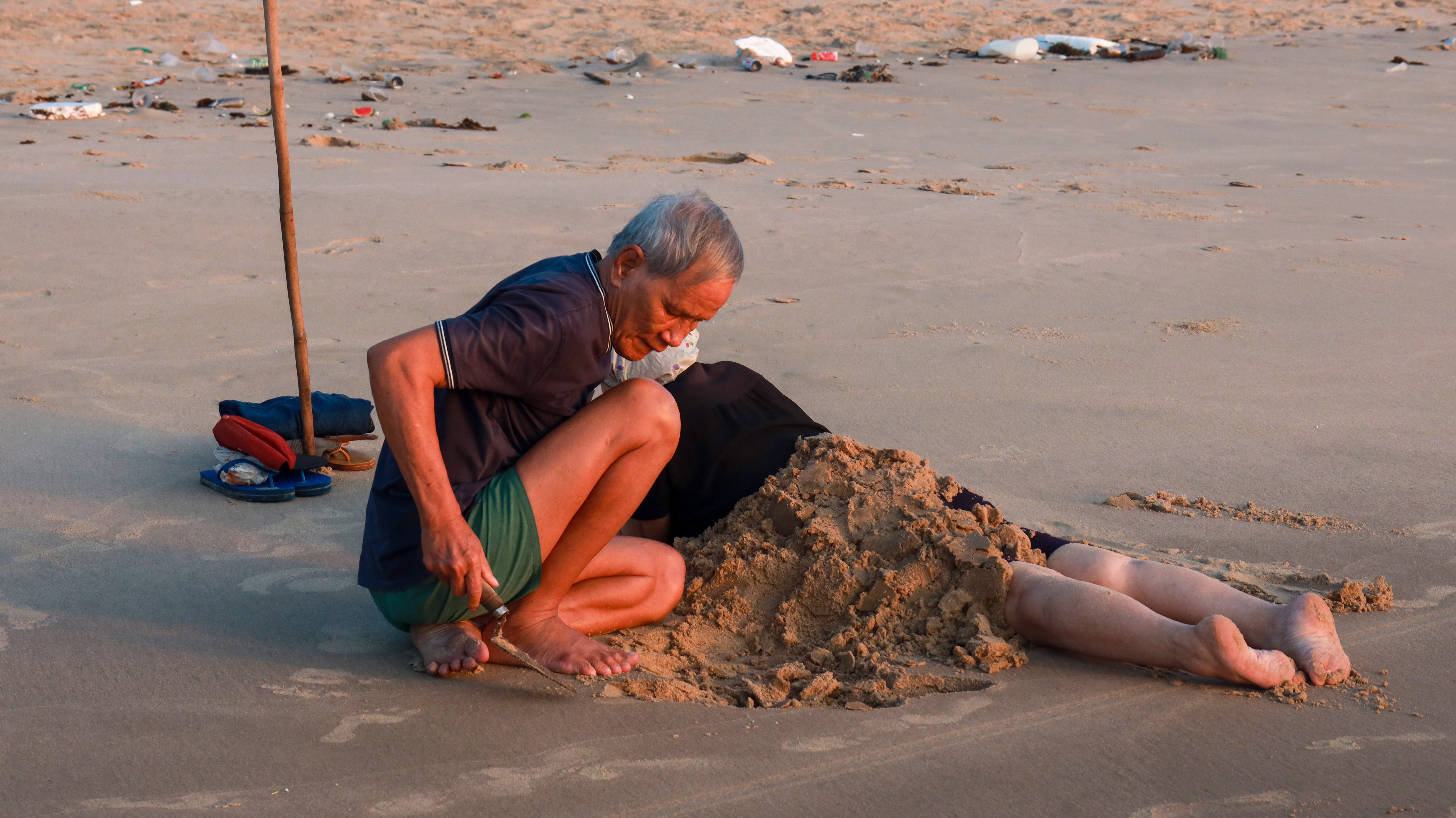



Comment (0)